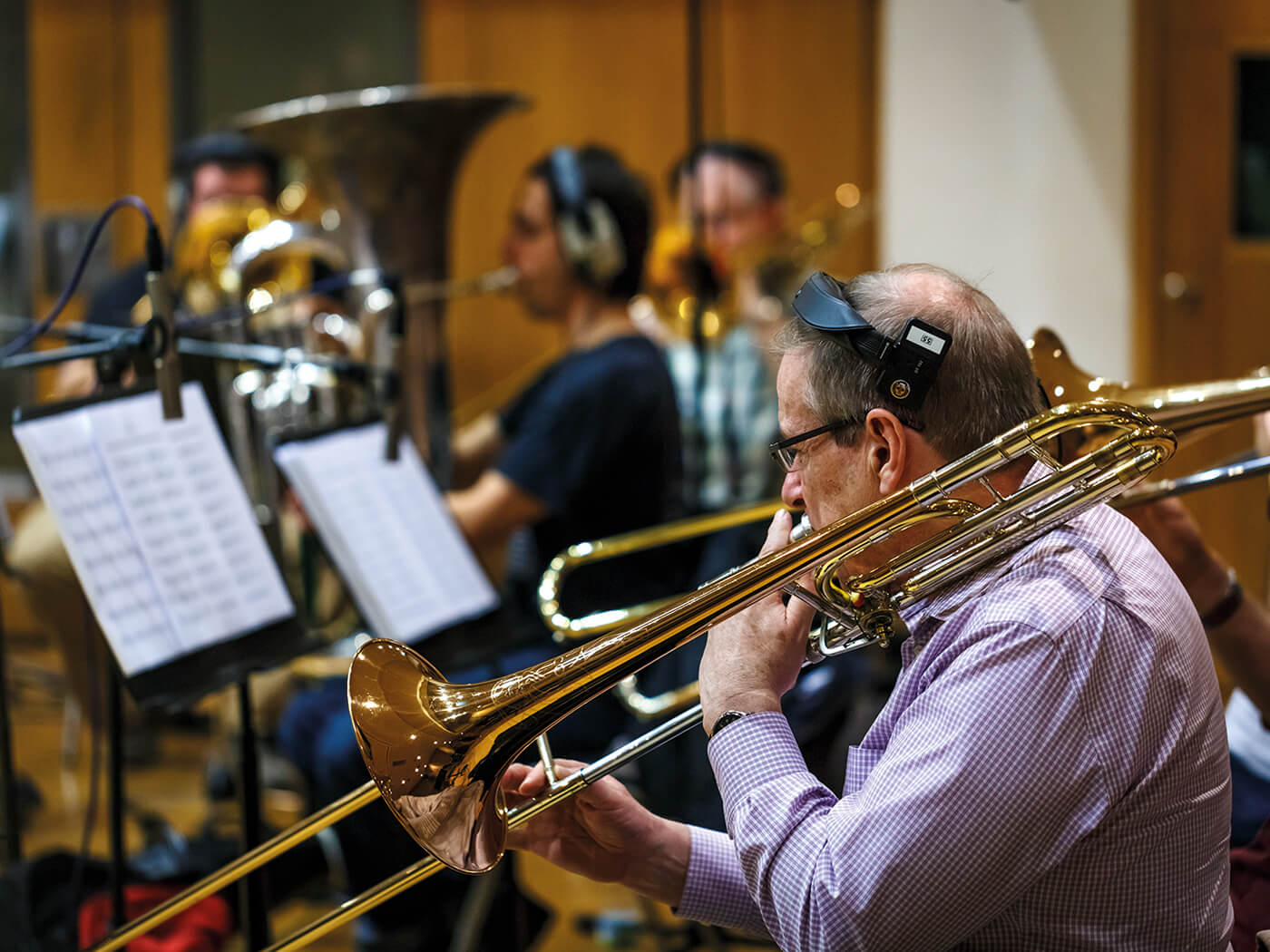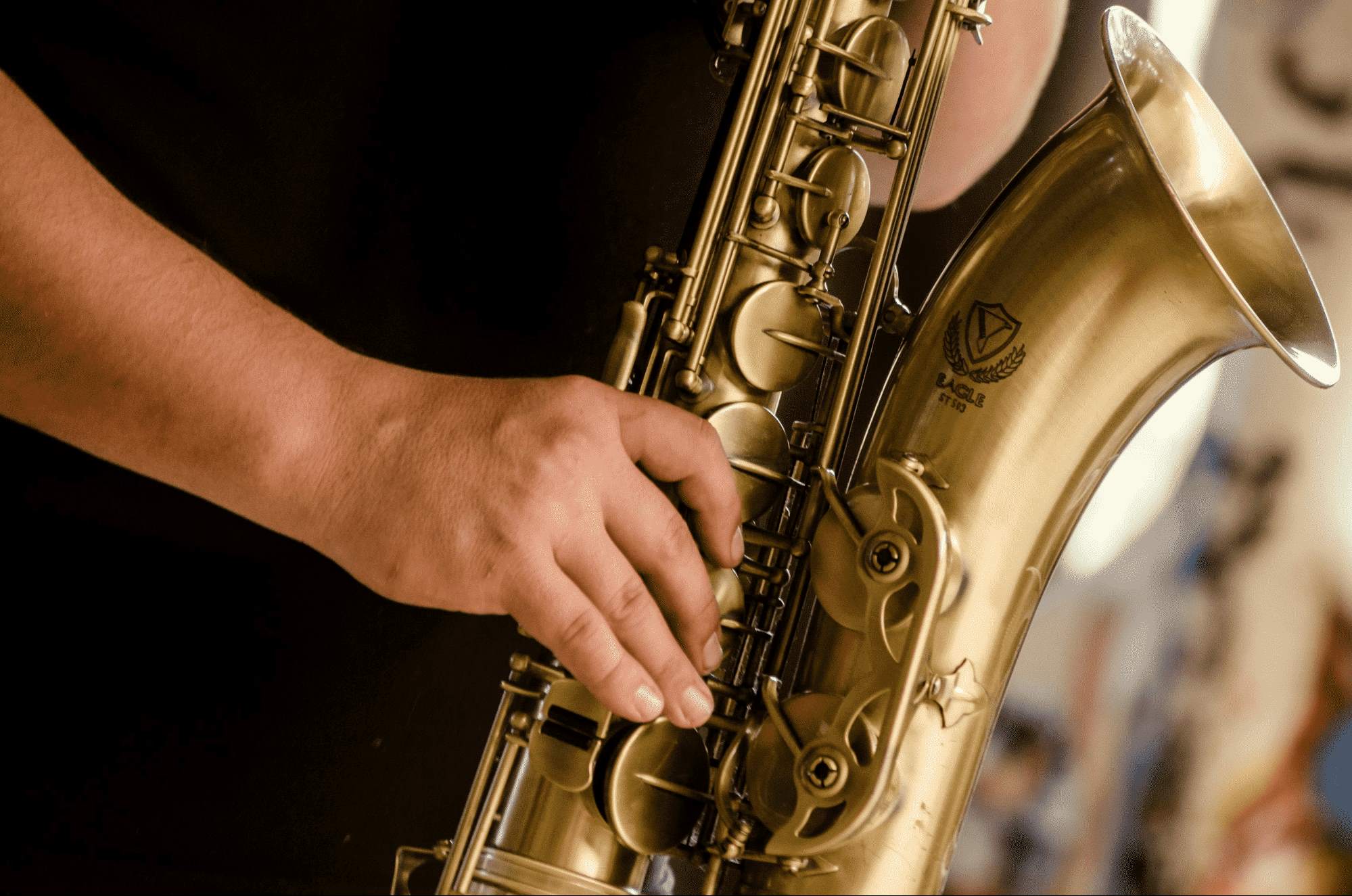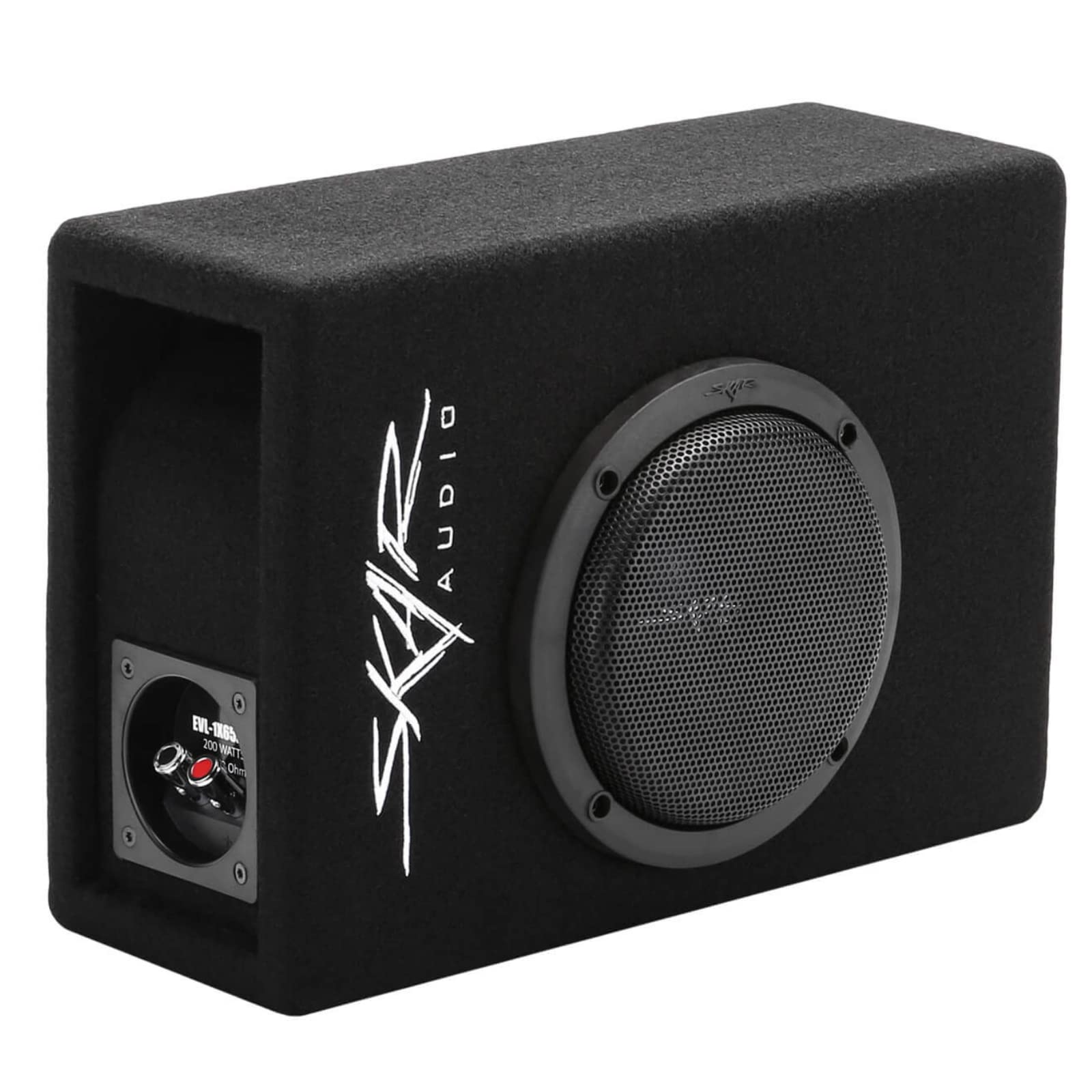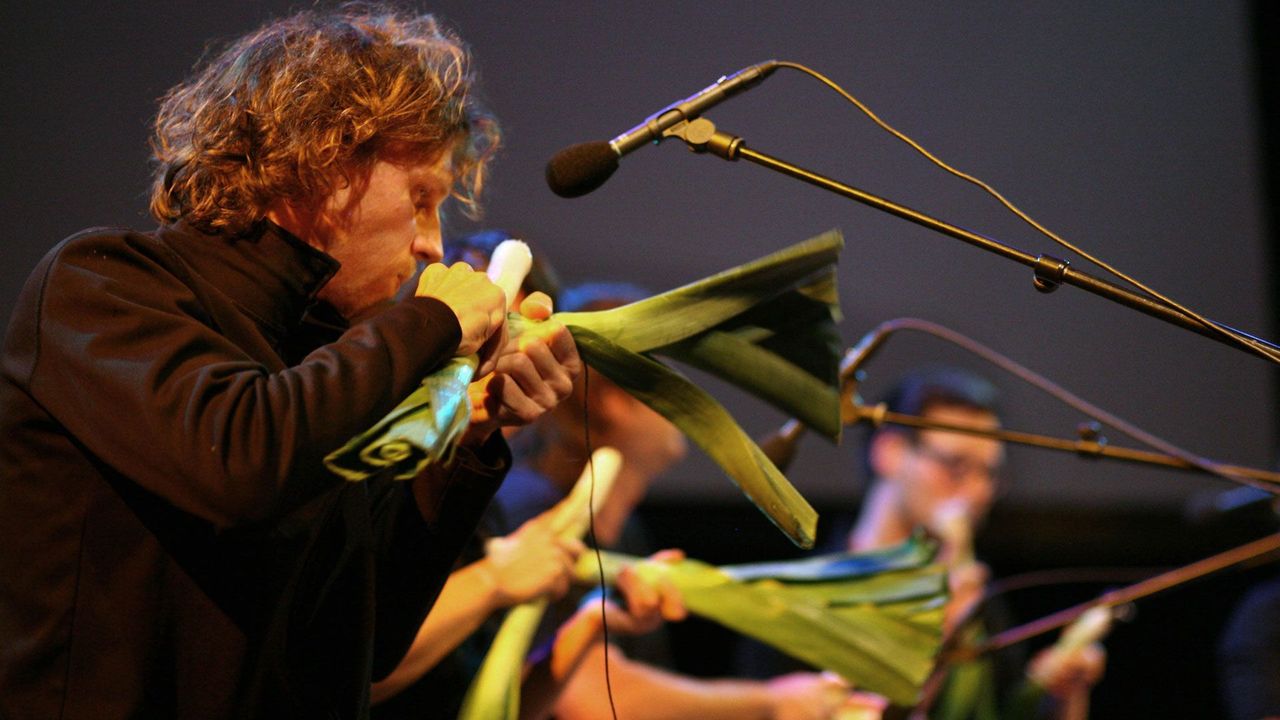Home>Production & Technology>Orchestra>What Is The Hardest Instrument To Play In An Orchestra


Orchestra
What Is The Hardest Instrument To Play In An Orchestra
Published: February 24, 2024
Discover the most challenging instrument to play in an orchestra and the skills required to master it. Explore the complexities of performing in an orchestra and the demands it places on musicians. Gain insights into the intricacies of orchestral music and the dedication needed to excel in this field.
(Many of the links in this article redirect to a specific reviewed product. Your purchase of these products through affiliate links helps to generate commission for AudioLover.com, at no extra cost. Learn more)
Table of Contents
Introduction
When it comes to the world of orchestral music, the sheer diversity of instruments is truly awe-inspiring. Each instrument possesses its own unique charm and challenges, but some stand out as particularly demanding in terms of skill and technique. In this article, we will delve into the fascinating realm of orchestral instruments to uncover which one reigns supreme as the most challenging to master.
From the graceful strings to the commanding brass and the ethereal woodwinds, orchestral instruments encompass a wide spectrum of sounds and playing techniques. The dedication and precision required to excel in an orchestra are truly remarkable, and mastering an instrument within this setting is a pursuit that demands unwavering commitment and passion.
As we embark on this exploration, it's important to note that the difficulty of an instrument is subjective and can vary based on individual aptitude and experience. However, certain instruments have gained a reputation for pushing musicians to their limits, both technically and musically. Through this examination, we aim to shed light on the intricacies of these instruments and the unparalleled skills required to conquer them.
Join us as we unravel the complexities of instruments such as the violin, French horn, oboe, harp, and double bass. Each of these instruments presents its own set of challenges, from mastering intricate fingerings and bowings to navigating complex passages and producing a rich, resonant sound. As we delve into the nuances of each instrument, we will gain a deeper appreciation for the dedication and artistry that define the world of orchestral music.
With this in mind, let's embark on a captivating journey through the realms of orchestral instruments, exploring the artistry, technical prowess, and sheer determination required to conquer the most formidable instruments in the orchestra.
The Violin
The violin, often hailed as the "queen of instruments," holds a revered status in the realm of orchestral music. Its exquisite sound and expressive capabilities have cemented its place as a cornerstone of classical music repertoire. However, behind its enchanting melodies lies a daunting array of technical challenges that make mastering the violin a formidable feat.
From the moment a musician draws the bow across the strings, the violin demands unwavering precision and finesse. The instrument's intimate size belies its immense technical demands, requiring the player to navigate a vast expanse of fingerboard with pinpoint accuracy. The intricate art of producing clear, resonant notes involves a delicate interplay of finger placement, bow control, and nuanced expression.
One of the defining challenges of the violin lies in its unforgiving nature. Every subtle movement of the bow and placement of the fingers directly influences the sound produced. This demands an extraordinary level of control and dexterity, as even the slightest deviation can alter the tonal quality and pitch. Mastery of the violin requires an acute awareness of minute details, from the angle of the bow to the pressure exerted on the strings.
Beyond technical prowess, the violin demands an emotional depth and expressive range from the musician. The instrument's ability to convey a wide spectrum of emotions, from haunting melancholy to exuberant joy, places a profound emphasis on the player's ability to infuse each note with intention and sentiment. Achieving this level of musicality calls for a deep understanding of phrasing, dynamics, and the subtle nuances that breathe life into a musical passage.
In the orchestral setting, the violin assumes a pivotal role, often leading melodic lines and intertwining with other instruments in intricate harmonies. This further amplifies the demands placed on the violinist, as they must navigate complex musical landscapes with unwavering precision and artistry. The pursuit of mastering the violin is a relentless journey marked by countless hours of practice, unwavering dedication, and an unyielding passion for musical expression.
Aspiring violinists embark on a journey that transcends technical proficiency, delving into the realms of artistic interpretation and emotional resonance. The instrument's rich history and timeless allure beckon musicians to immerse themselves in a world where technical mastery converges with boundless creativity, resulting in performances that stir the soul and captivate audiences worldwide.
In the realm of orchestral instruments, the violin stands as a testament to the fusion of technical virtuosity and artistic expression, embodying the unparalleled dedication and artistry that define the world of orchestral music.
The French Horn
The French horn, with its majestic and resonant timbre, occupies a revered position within the orchestral landscape. Renowned for its rich, warm tones and versatile musical capabilities, this brass instrument presents a myriad of technical and musical challenges that elevate it to the status of one of the most demanding instruments to master.
At first glance, the French horn's distinctive coiled form and array of valves may appear enigmatic, yet it is precisely this intricate design that contributes to the instrument's complexity. Unlike the straightforward valve configurations of other brass instruments, the French horn's rotary valves demand a heightened level of dexterity and precision from the performer. Negotiating swift and seamless transitions between the instrument's numerous harmonics requires an acute understanding of embouchure control and air support, essential elements that underpin the production of a resonant and well-centered sound.
The French horn's expansive range, extending from the sonorous depths to the soaring heights of the musical spectrum, places formidable demands on the player's technical proficiency. Navigating the instrument's wide tessitura with unwavering accuracy necessitates a meticulous approach to intonation and a keen ear for tonal refinement. From commanding fortissimo passages that soar above the orchestra to delicate, nuanced solos that evoke a sense of introspection, the French horn demands an unparalleled level of control and finesse from the musician.
In addition to its technical intricacies, the French horn requires a profound understanding of musical phrasing and expressive interpretation. As a quintessential voice within the brass section, the instrument often assumes melodic roles of profound significance, requiring the performer to infuse each note with emotive depth and musical nuance. The ability to convey a wide spectrum of emotions through the instrument's evocative sound demands a keen sensitivity to musical expression and a profound connection to the underlying narrative of a musical composition.
Within the orchestral framework, the French horn holds a pivotal role, often entrusted with poignant solos, majestic fanfares, and intricate harmonic interplay. This multifaceted role places the instrument at the forefront of orchestral compositions, demanding a versatile and adaptable approach from the performer. Mastery of the French horn transcends technical proficiency, delving into the realms of artistic interpretation and emotional resonance, where the musician becomes a storyteller, weaving compelling narratives through each resounding note.
In the pursuit of mastering the French horn, musicians embark on a journey that intertwines technical virtuosity with profound musical artistry. The instrument's timeless allure and unparalleled expressive capabilities beckon performers to immerse themselves in a world where technical mastery converges with boundless creativity, resulting in performances that resonate with profound emotional depth and captivate audiences worldwide.
In the realm of orchestral instruments, the French horn stands as a testament to the fusion of technical prowess and artistic expression, embodying the unparalleled dedication and artistry that define the world of orchestral music.
The Oboe
The oboe, often referred to as the "soul of the orchestra," holds a place of profound significance within the realm of classical music. With its hauntingly beautiful and expressive timbre, the oboe commands attention and evokes a myriad of emotions, making it a captivating and indispensable voice in orchestral compositions. However, beneath its enchanting melodies lies a myriad of technical and musical challenges that elevate the oboe to the status of one of the most demanding instruments to master.
At first glance, the oboe's slender, elegant form may exude an air of simplicity, yet delving into its intricacies reveals a world of technical complexity. The instrument's delicate double reed, consisting of two thin blades of cane bound together, demands an unparalleled level of precision and control from the player. Producing a rich, resonant sound on the oboe hinges on the musician's ability to master the intricate art of embouchure, breath control, and reed manipulation. This delicate interplay of physicality and technique forms the foundation of the instrument's expressive capabilities, requiring unwavering dedication and finesse from the oboist.
One of the defining challenges of the oboe lies in its unforgiving nature. The instrument's precise intonation and nuanced articulation place formidable demands on the player's technical proficiency. Navigating intricate passages with unwavering accuracy and seamless phrasing requires an acute understanding of fingerings, breath support, and the subtle nuances that shape each musical phrase. Mastery of the oboe demands an unwavering commitment to refining the instrument's myriad intricacies, from the elusive art of producing a seamless legato to executing agile and virtuosic passages with effortless grace.
Beyond its technical demands, the oboe requires a profound understanding of musical expression and emotive storytelling. As a quintessential voice within the woodwind section, the instrument often assumes melodic roles of profound significance, invoking a sense of introspection and emotional depth. The oboist's ability to infuse each note with intention, sentiment, and a captivating sense of lyricism underscores the instrument's role as a storyteller, weaving evocative narratives through its hauntingly beautiful sound.
Within the orchestral framework, the oboe assumes a pivotal role, often entrusted with poignant solos, intricate counterpoint, and ethereal harmonic interplay. This multifaceted role places the instrument at the forefront of orchestral compositions, demanding a versatile and adaptable approach from the performer. Mastery of the oboe transcends technical proficiency, delving into the realms of artistic interpretation and emotional resonance, where the musician becomes a conduit for profound musical expression.
In the pursuit of mastering the oboe, musicians embark on a journey that intertwines technical virtuosity with profound musical artistry. The instrument's timeless allure and unparalleled expressive capabilities beckon performers to immerse themselves in a world where technical mastery converges with boundless creativity, resulting in performances that resonate with profound emotional depth and captivate audiences worldwide.
In the realm of orchestral instruments, the oboe stands as a testament to the fusion of technical prowess and artistic expression, embodying the unparalleled dedication and artistry that define the world of orchestral music.
The Harp
The harp, with its ethereal resonance and enchanting allure, holds a position of unparalleled grace within the orchestral panorama. Renowned for its celestial sound and evocative melodies, the harp embodies a sense of timeless elegance and musical sophistication. However, beneath its angelic facade lies a world of technical and artistic intricacies that elevate the harp to the pinnacle of instrumental virtuosity.
At first glance, the harp's majestic frame and glistening array of strings may exude an air of tranquility, yet delving into its intricacies reveals a world of unparalleled complexity. The instrument's expansive range, spanning multiple octaves and encompassing a vast tonal spectrum, places formidable demands on the player's technical prowess. Navigating the harp's intricate array of strings with unwavering precision and grace requires a meticulous approach to finger placement, hand coordination, and pedal manipulation. Mastery of the harp demands an acute understanding of the instrument's unique mechanics, from the delicate art of plucking individual strings to executing sweeping glissandos and ethereal arpeggios with effortless fluidity.
One of the defining challenges of the harp lies in its expressive capabilities. The instrument's ability to evoke a sense of celestial beauty and emotive depth places profound demands on the player's artistic sensibility. From cascading arpeggios that conjure images of glistening waterfalls to tender, introspective melodies that resonate with profound emotional depth, the harp demands an unparalleled level of musical sensitivity and storytelling prowess. Achieving a seamless fusion of technical precision and emotive expression is a hallmark of mastering the harp, where each plucked string becomes a brushstroke in a captivating sonic tapestry.
Within the orchestral framework, the harp assumes a pivotal role, often entrusted with celestial introductions, evocative interludes, and ethereal harmonic accompaniments. This multifaceted role places the instrument at the forefront of orchestral compositions, demanding a versatile and adaptable approach from the performer. Mastery of the harp transcends technical proficiency, delving into the realms of artistic interpretation and emotional resonance, where the musician becomes a conduit for profound musical expression.
In the pursuit of mastering the harp, musicians embark on a journey that intertwines technical virtuosity with profound musical artistry. The instrument's timeless allure and unparalleled expressive capabilities beckon performers to immerse themselves in a world where technical mastery converges with boundless creativity, resulting in performances that resonate with celestial beauty and captivate audiences worldwide.
In the realm of orchestral instruments, the harp stands as a testament to the fusion of technical prowess and artistic expression, embodying the unparalleled dedication and artistry that define the world of orchestral music.
The Double Bass
The double bass, often heralded as the cornerstone of the orchestral bass section, commands attention with its commanding presence and profound resonance. As the largest and lowest-pitched instrument in the string family, the double bass holds a pivotal role in underpinning the harmonic foundation of orchestral compositions. However, delving into the intricacies of this majestic instrument reveals a world of technical and musical challenges that elevate the double bass to the pinnacle of instrumental virtuosity.
At first glance, the double bass's imposing stature and resonant timbre may exude an air of solemnity, yet exploring its complexities uncovers a world of unparalleled technical demands. The instrument's expansive range, spanning the depths of the musical spectrum, places formidable demands on the player's technical prowess. Navigating the instrument's vast fingerboard with unwavering precision and agility requires a meticulous approach to finger placement, hand coordination, and bowing technique. Mastery of the double bass demands an acute understanding of the instrument's unique mechanics, from producing a rich, resonant sound with the bow to executing nimble and expressive passages with effortless fluidity.
One of the defining challenges of the double bass lies in its role as the foundation of the orchestral ensemble. As the harmonic anchor of the orchestra, the instrument assumes a profound responsibility in underpinning the ensemble's tonal fabric and providing a solid rhythmic foundation. The double bass's ability to seamlessly interweave with other instruments and anchor the harmonic structure of a composition demands an unparalleled level of precision and musical sensitivity from the player. Achieving a seamless fusion of technical precision and musical depth is a hallmark of mastering the double bass, where each resonant note becomes a testament to the instrument's commanding presence within the orchestral tapestry.
Beyond its technical demands, the double bass requires a profound understanding of musical expression and emotive storytelling. As a quintessential voice within the string section, the instrument often assumes melodic and rhythmic roles of profound significance, invoking a sense of gravitas and emotional depth. The bassist's ability to infuse each note with intention, nuance, and a captivating sense of rhythmic vitality underscores the instrument's role as a driving force within the ensemble, shaping the very essence of a musical composition.
In the pursuit of mastering the double bass, musicians embark on a journey that intertwines technical virtuosity with profound musical artistry. The instrument's timeless allure and unparalleled expressive capabilities beckon performers to immerse themselves in a world where technical mastery converges with boundless creativity, resulting in performances that resonate with profound emotional depth and captivate audiences worldwide.
In the realm of orchestral instruments, the double bass stands as a testament to the fusion of technical prowess and artistic expression, embodying the unparalleled dedication and artistry that define the world of orchestral music.











